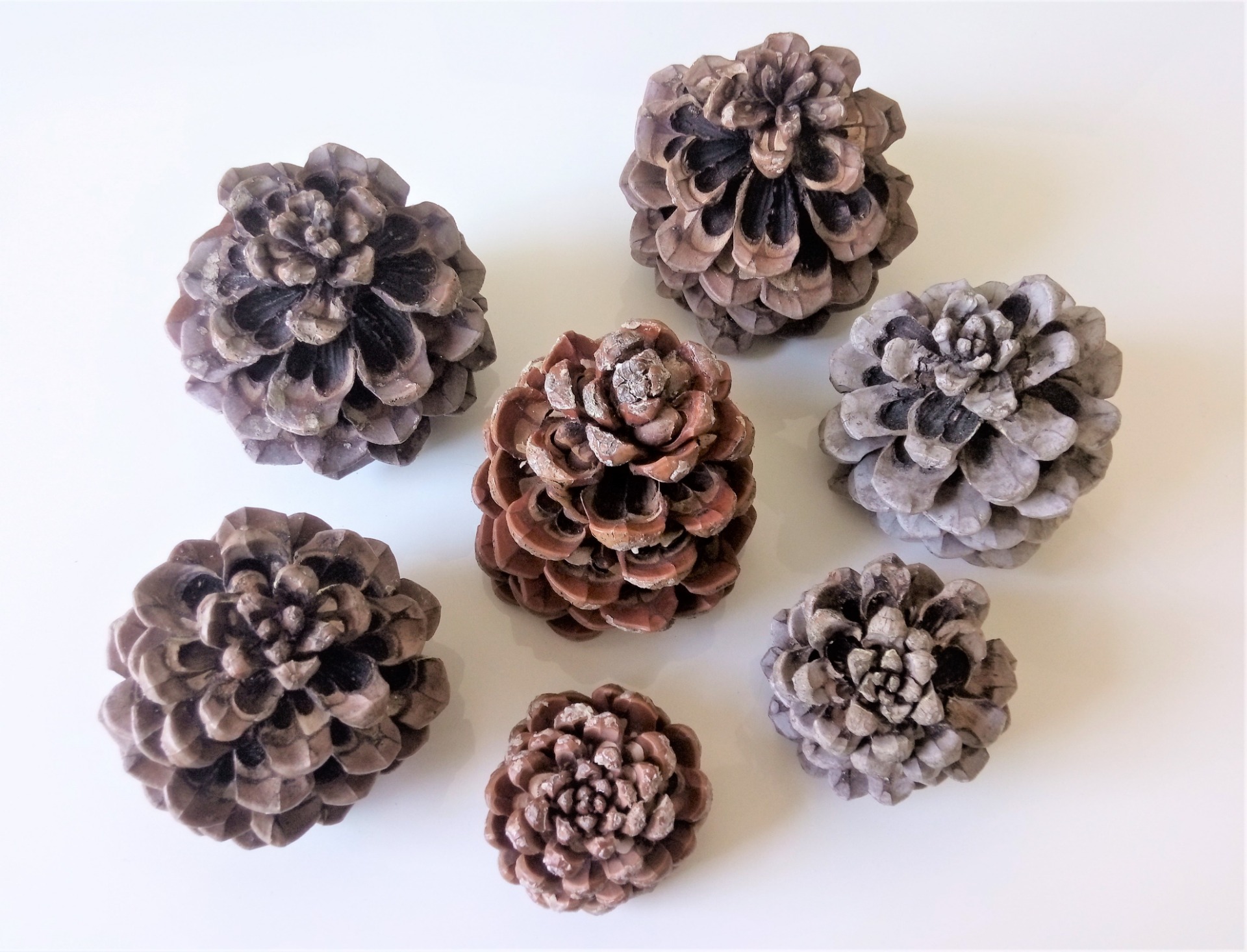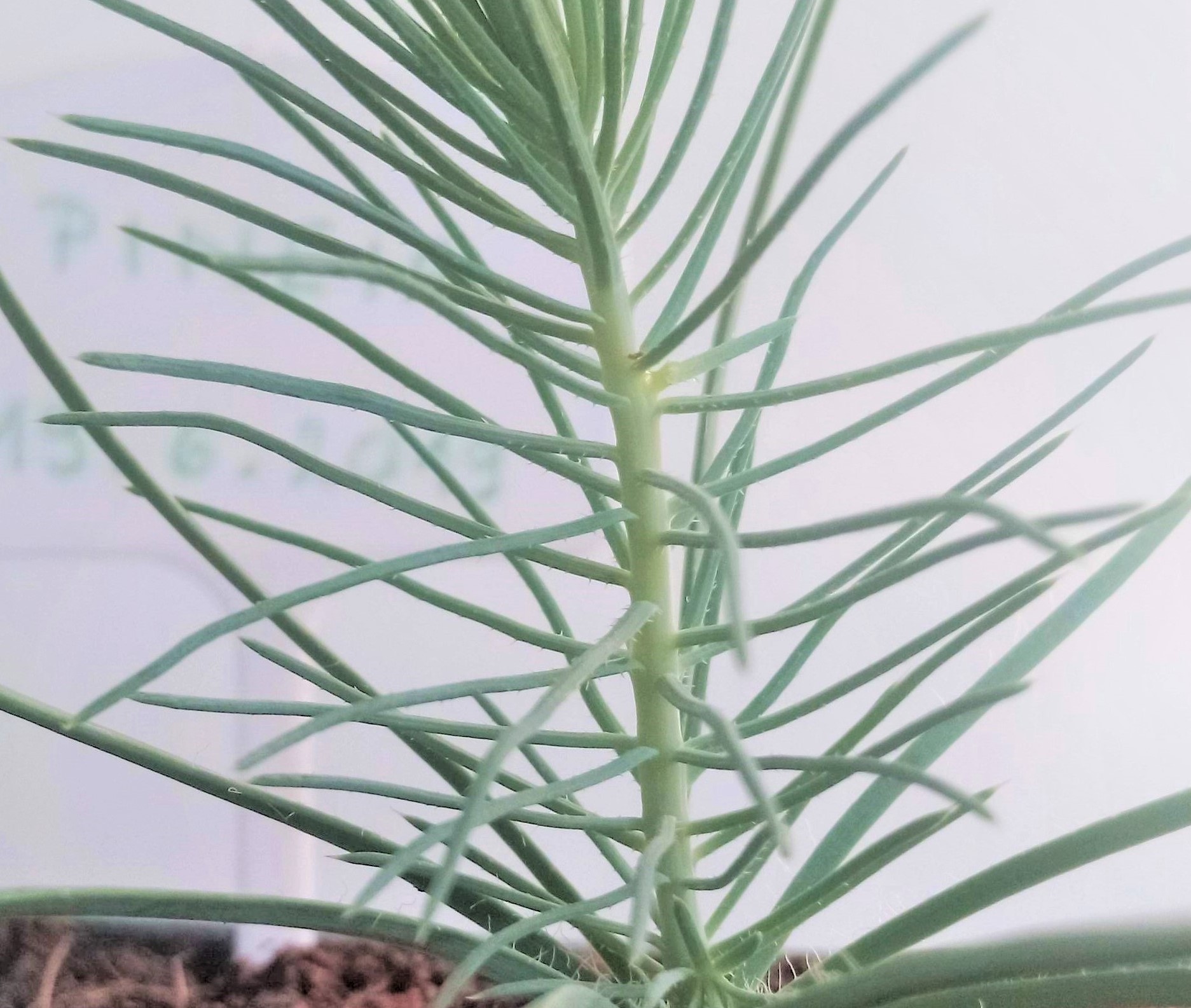HOW TO GERMINATE AND MAKE A BONSAI FROM STONE PINE ?
(PINUS PINEA)

Pinus pinea is an evergreen species of pine that grows along the seashore. People planted it since ancient times because of its edible pine nuts (pignoli). It can grow 25 m in height, has a short trunk and a very wide, smooth, rounded and almost flat treetop. The bark is thick, red-brown and deeply dissected into wide vertical plates. Flexible green leaves looking like needles are usually 10 to 20 cm long. The cones are quite big 8 to 15 cm long and mature in 3 years. The seeds are large round 2 cm long, light brown color with a powdery black coating and undeveloped 5 mm long wings that easily fall off. It grows well in all well-drained and nutrient-rich soil. Because it's adapted to hot and dry conditions, it is suitable for indoor bonsai and can on the sunny window sill of your living room live throughout all year.
Stone pine: Germination and cultivation
Level of difficulty: 1


Stone pine (Pinus Pinea) seeds usually have under the right conditions 98% germination. They don't need winter rest, although it helps to speed up germination. They need moisture and heat to germinate, their initial food is stored in the seeds.
If you germinate Pinus pinea seeds for the first time, we recommend to germinate 2 or 3 seeds at a time and repeat the process if necessary.
Pour as cold water as possible into a clean pot, put in the seeds - use a spoon - not fingers, cover with a lid and place it in the coldest part of the refrigerator for 24 hours.
Next day, take the seeds out of the water and place them on the germination paper.


Place the four sowing substrates one at a time in a pot and pour with warm water. Let them soak for about 15 minutes. Then remove them from the water with a spoon and place them in a sowing pot. Spread them gently with a spoon to get a slightly moist substrate.


Place the seeds in a pot as shown in the picture. Cover them with 1 cm of a moist substrate. Put the sowing pot on a pot cover and place it on the warm, airy and bright place of the window sill. The preferred temperature for germination is 25 to 30 °C.

The substrate should always be slightly moist but not over-water. The seeds will start germinating within 14 - 21 days.




Because Stone pine grows very fast - individual shoots can grow up to 30 cm a year, you should trim regularly. Always prune the plants with clean and sharp scissors to reduce the risk of disease. When pruning plants, be bold to get the shape you desire.

When on the steam lateral shoots appear they will grow in branches. If you don't want them, we suggest removing them as soon as possible, so the little tree will direct all energy to grow tall instead of forming unwanted lateral branches.


When you feel that its trunk and branches are sufficiently shaped and thickened to your liking and the plant has reached the size that best suits you (suggest about 80 cm), transplant it into the final bonsai pot. It should be rectangular or round in shape and darker in color. In it, its growth will slow down significantly, and with careful care, it will inspire you with its beauty for many years.
You can plant the remaining sprouted seeds in your garden if you live in a favorable climate. If you are going to grow the plants as a container, make sure that the roots do not freeze during the severe winter. You can also use them as a Christmas tree. But never plant them in nature or forests.
Finally, here are some ideas that may inspire you to design your bonsai.


